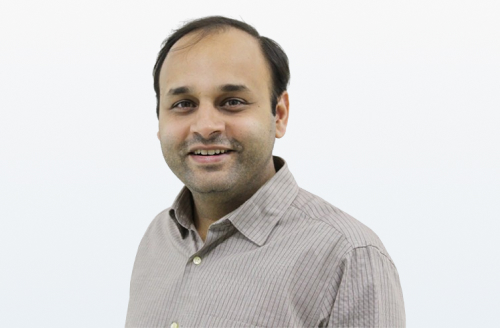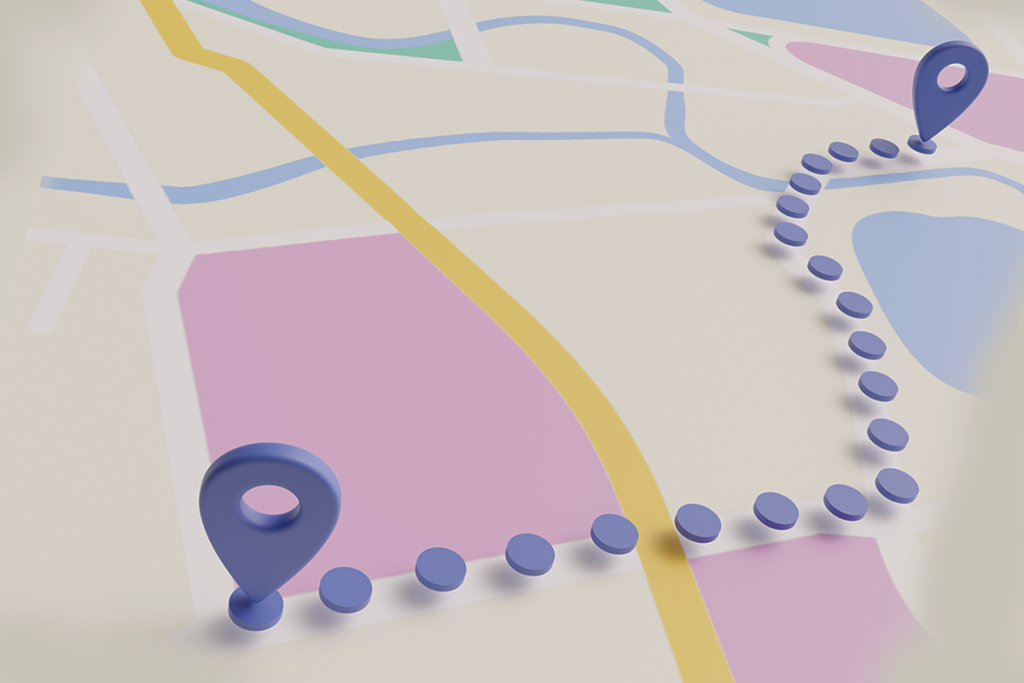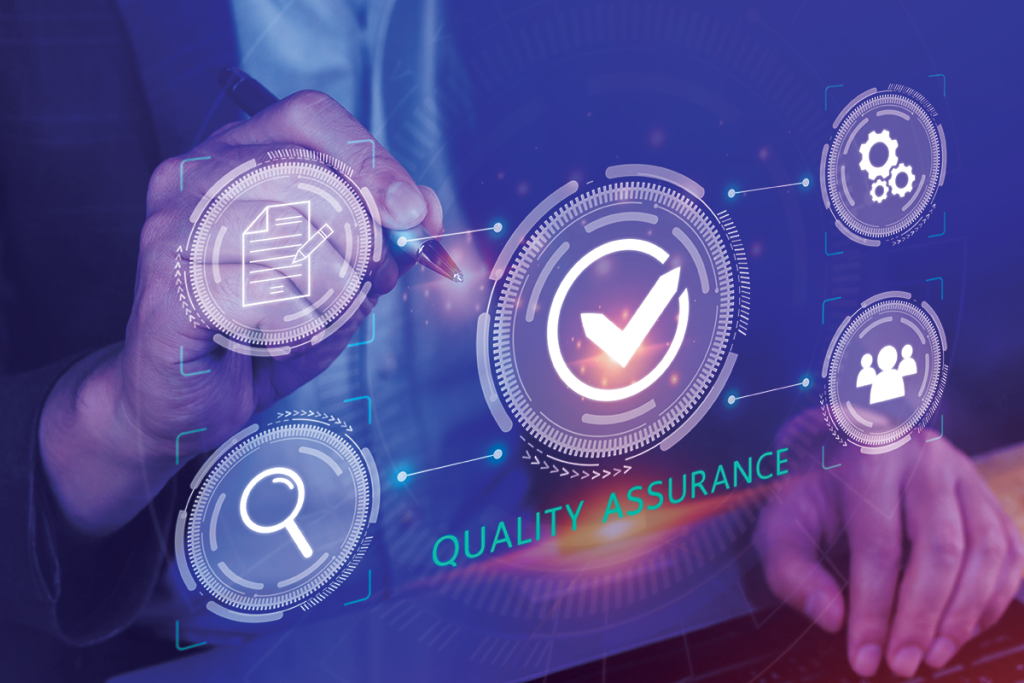Technology advancements in the healthcare sector have caused the telemedicine space to boom in the last few years. So much so, that some reports expect the global telemedicine market to reach as much as $191.7 billion by 2025. Like everything else related to healthcare, this growth has further been accelerated by the ongoing pandemic. The value proposition is apparent, as virtual visits have become an increasingly common phenomenon. Given that the risk of contracting the Coronavirus is likely to linger, specialty telemedicine solutions like tele-ICU, tele-medication, and tele-imaging are becoming extremely popular, allowing patients to get the same level and sophistication of healthcare they have been accustomed to.
Technologies changing the telemedicine game
Like every other healthcare avenue, the telemedicine space has been subject to tremendous development. Capabilities across video, collaboration, payment workflow integration, co-pay, appointment scheduling etc. which were earlier considered novel, have now become a standard in every telemedicine product today.
But as new technology innovations are constantly being integrated into patient care, taking the telemedicine game to an entirely new level requires a lot of planning and effort on the part of those building the products and platforms that drive this change. Everyone today is rushing to build the innovative products of tomorrow and product companies have to review a much wider portfolio of technologies, solutions, and features to identify what will provide their products a competitive edge in the market.
Robust healthcare solutions are now an amalgamation of several different technologies; here are 5 technologies that are introducing new facets to telemedicine app development to improve patient (and provider) experience:
- Voice as Health Biomarkers: Healthcare institutions can drive several innovations by harnessing patient voice samples to diagnose physical and mental health issues; providers can use machine learning-driven platforms to accelerate the time and quality of patient screening and ailment identification. These models can analyze patient voice samples and score them on several healthcare parameters – while adhering to region-specific regulatory constraints. They can also act as primary diagnostic tools in telemedicine, providing a better experience to patients in waiting rooms. These models can also act as self-diagnostics tools useful in routine follow ups.
- Video Analytics: Video is another technology that is likely to reshape the world of telemedicine. Patients can use modern web or mobile applications with secured video capabilities to interact with doctors in real-time while doctors can act on live feedback to improve the overall consultation experience. Using video, doctors can assess factors such as strength level, speech deterioration, or even posture during “live” examinations and get a better idea of the actual health of patients. At the same time, modern imaging techniques can be used to diagnose skin-related issues and draw out other symptoms and clues to drive for better treatment schedules and plans. Embedded video analytics features can detect and “score” patients on parameters such as visual presentation–based on visibility and lights effects, attentiveness –based on the eye contact of the doctor with the patient, tonality –based on voice and sentiment analysis as well as pleasantness –based on facial gestures. Such analytics can not only allow doctors to better diagnose patients; it can also be used to improve the soft skills of doctors and healthcare staff, in turn improving the overall patient experience and treatment outcomes too.
- Cloud: Cloud-based patient connect solutions are also a great way for isolated patients to receive accurate and timely care. Remote patient monitoring solutions with advanced features and automated communication workflows can constantly cleanse, standardize, transform, integrate, and analyze patient data to derive diagnostic observations. Doctors can easily log in to these cloud systems from anywhere and make video calls to the patients as well as conference them with other participants or caregivers. They can also remotely monitor and check their patients while allowing relatives to interact with the doctor via audio or video calls.
- AI & ML: AI and ML technologies are also delivering immense benefits in the telemedicine space. The data-driven technologies allow patients to make sense of their health conditions by themselves – and in the comfort of their homes. Instead of traveling to testing centers to undergo critical health checks and tests, patients can compute certain diagnostic parameters – thus making diagnosis more convenient for patients while avoiding delays in getting the results. All patients have to do is use their mobile phones to click a photo of their test script, upload it to an app, and have essential diagnostic parameters computed. Doctors can immediately get a report for their records and treatment plans, saving a lot of hassle for patients and reducing the load on test facilities.
- IoT: Smart wearable medical devices and implants are also a boon for remote patient monitoring. IoT technology can allow remote caregivers and patients to monitor and measure key health parameters while adhering to required medical device and healthcare compliance standards. By collecting data from different sensors and then transmitting it to cloud-based systems, doctors can also keep track of vital health statistics while ensuring timely delivery of care. Depending on the condition, they can also set the frequency, sampling rate, and data transmission requests of the device and enable real-time integration with mobile devices for real-time monitoring. Doctors can use AR/VR headsets for more immersive diagnoses and consultations. They can measure vitals such as heart rate, temperature, blood or oxygen levels and make sure the data matches with the information shared by patients as well as examine various possible scenarios led by those parameters. These technologies also help in monitoring terminally-ill patients who can no longer engage in conversations – thus ensuring their vitals are always monitored and tracked. AR/VR can also be used to assist on-site nurses or family members to carry out critical medical procedures as suggested by expert doctors – in case of an emergency.
As the world continues to reel from the impact of the pandemic, patients with several health conditions are finding solace in telemedicine that allows them to receive high-quality care in their homes without having to risk a visit to the hospital. Technologies like voice, video, AI, ML, cloud, and IoT are all enhancing the capabilities of telemedicine, delivering patients the same level of healthcare as they may get in a hospital setting – while freeing up hospital staff to focus on patients with critical health conditions.

Author
Mandar Garde | Director of Engineering – Healthcare & Manufacturing
Mandar Gadre serves as Director of Engineering – Healthcare & Manufacturing for GS Lab. Mandar holds B.Tech from IIT Bombay, and a Ph.D. in engineering from Arizona State University, USA. He brings deep expertise and experience in crafting industrial solutions, leading technology teams, while contributing technically to sensor technology, hardware and control solutions, and data analytics. Mandar has helped numerous organizations implement IIoT and delivered results that have shaped new business models for those organizations.




